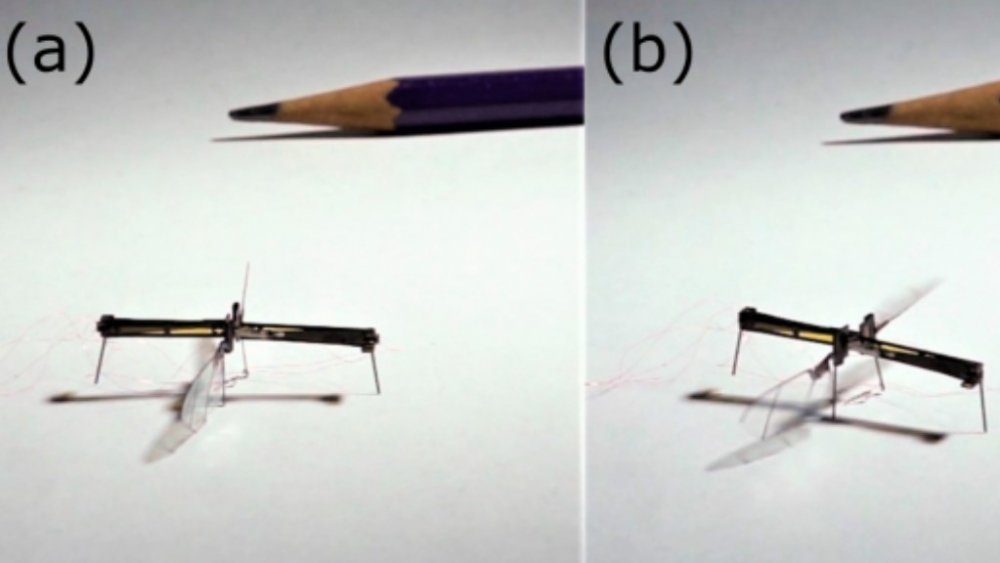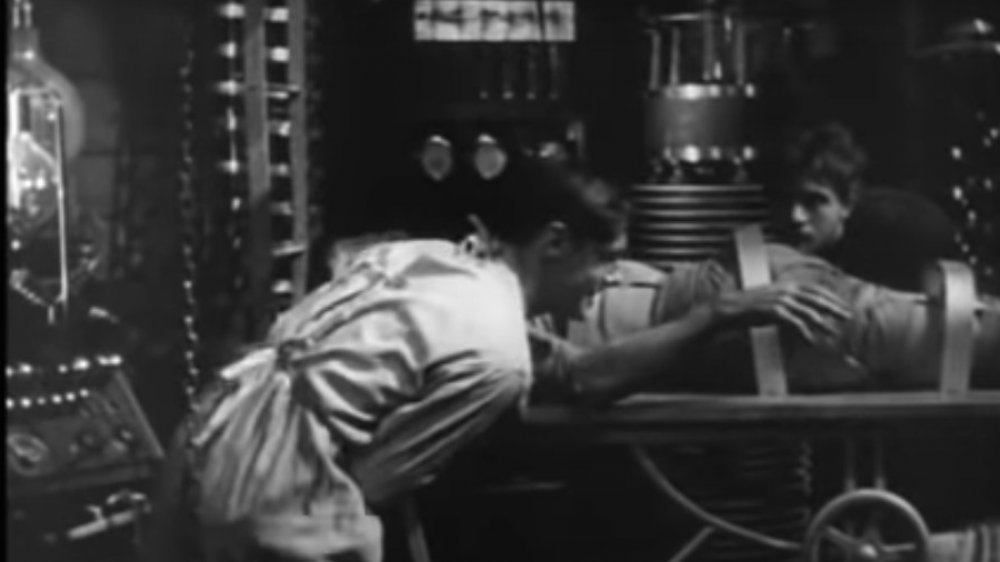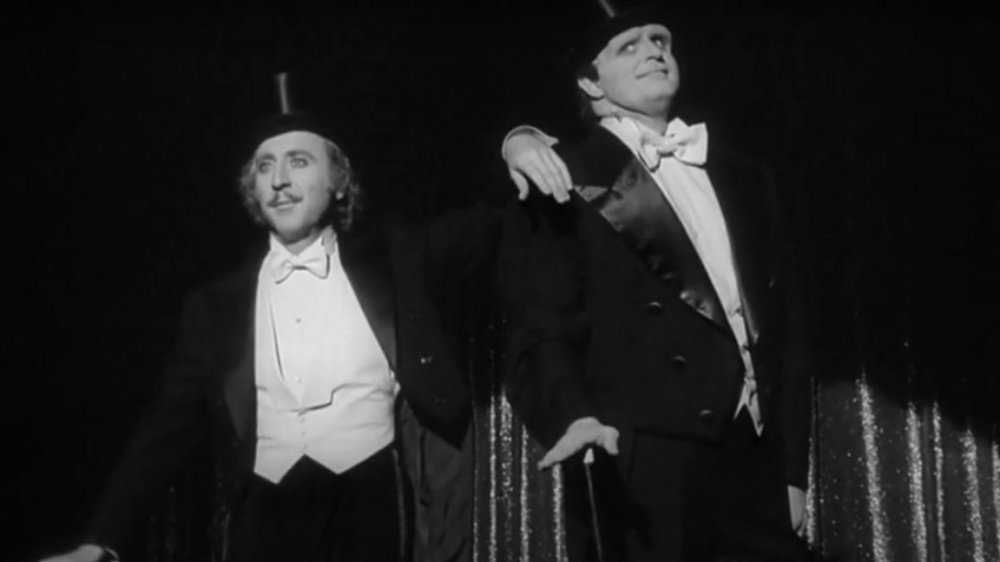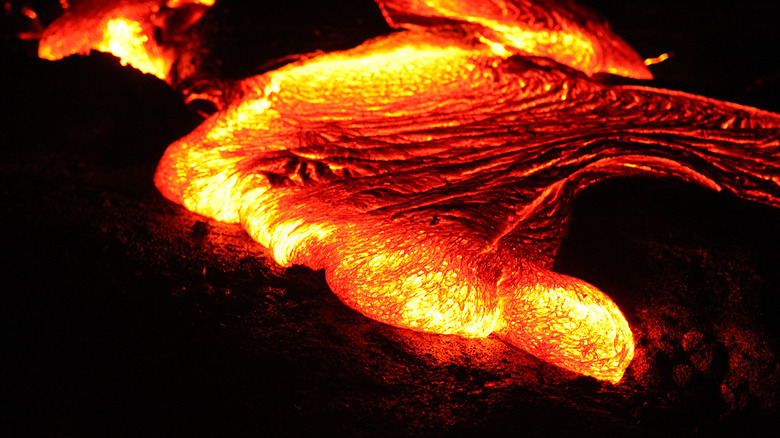
The Untold Truth Of The Real-Life Dr. Frankenstein
Back in the 18th Century — and well before that, for that matter — people asked a pretty fundamental question: What is it about life? Actual life, that is, not the philosophical meanderings or even life questions like “if you aren’t going to go to school then it’s time you moved out and got a job.” But what makes life, well, live? Even today we talk about the spark of life. And once that spark leaves a body, is it possible to fire it up again?
There was a field of study then called galvanism, named for Dr. Luigi Galvani. The good (depending on your definition of “good”; more on that in a moment) doctor was actually quite learned; besides medicine, he was an accomplished physicist, biologist, and philosopher. In the late 1700s Dr. Galvani performed an experiment that is replicated in high school biology classes to this day: by applying an electrical current, he could make the legs of a deceased frog kick. (Yes, it’s icky. But there’s a point.)
If it worked on a frog, why not a man?
As Smithsonian tells us, his findings were published in 1791. He talked about “animal electricity.” Also important, for the sake of our story, anyway, was the presence of one of the witnesses: his nephew, Giovanni Aldini. Giovanni also became a physician and an experimenter, and took Uncle Luigi’s theories, called galvanism, a step further: If you can make a deceased frog dance, could you bring a deceased human back from death? It wasn’t just macabre curiosity; he was particularly interested in successful application of the potential technique in reviving people who had drowned.
First he tried it out on larger, more neurologically complex corpses — sheep, pigs, and so forth. He got results, in a couple of ways: their eyes would roll, their tongues might extend, says All That’s Interesting. It became kind of a parlor trick — people would gather to witness the shocking (so to speak) demonstrations. But he wanted more. Infinity. Possibly beyond.
Dr. Aldini was less successful than Dr. Frankenstein
It’s now January 1803, in the city of London, and the body of the freshly executed George Forster is removed from the gallows and taken to the Royal College of Surgeons, says The Guardian. There, surrounded by fellow physicians and the idly curious, Dr. Aldini applied electrical current to various parts of Forster’s anatomy. The left eye “actually opened” at one point. Battery-powered conducting rods were inserted into Foster’s rectum, causing his fist to punch the air and his back to arch “violently.” (And who can blame him?) Despite the show-and-tell, Aldini was forced to admit he couldn’t actually kick-start a heart. No amount of electricity, no matter where it was applied, changed facts: Forster remained deceased.
The idea of electricity being the spark of life continued to be studied, with some people suggesting that it provided the seed that became Mary Shelley‘s novel Frankenstein, Or, The Modern Prometheus, published in 1818. She would have been all of five years old when the attempted resuscitation of Forster took place, but by all accounts she was aware of galvanism by the time she was writing. Maybe all it took was a spark. Of genius.

Ghost Adventures: The Untold Truth Of Zak Bagans

The Real Reason You Weigh Less Near The Equator

Here's How An Octopus Regrows Its Arms

The Truth About The TikTok Account Claiming To Be From 2027

You'll Never Be Able To Guess Cap'n Crunch's Real Name

The Most Dangerous Cults In Recent History

The Truth About The Pentagon's New Atomic Moon Rocket

Researchers Create 'RoboFly', A Penny-Sized Flying Robot For Land, Sea And Air

James Dean, Dead Since 1955, To Star In New Movie Thanks To CGI

The Weirdest, Most Ridiculous Car Commercials Ever
























